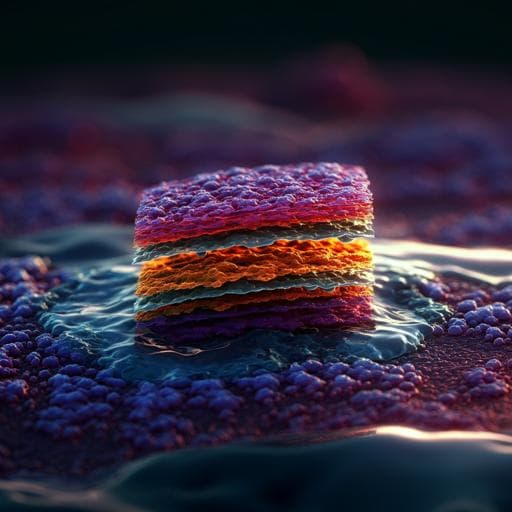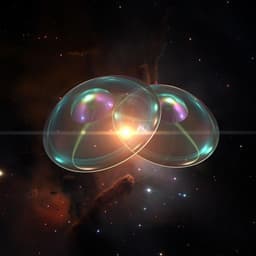
Chemistry
Deciphering in-situ surface reconstruction in two-dimensional CdPS<sub>3</sub> nanosheets for efficient biomass hydrogenation
M. G. Sendeku, K. Harrath, et al.
This groundbreaking study reveals how in-situ surface reconstruction of a CdPS3 nanosheet electrocatalyst can remarkably enhance the hydrogenation of 5-hydroxymethylfurfural to 2,5-bis(hydroxymethyl)furan, achieving a remarkable Faradaic efficiency of 91.3% under ambient conditions. Investigated by an expert team including Marshet Getaye Sendeku and Karim Harrath, this research paves the way for advancements in electrocatalysis.
~3 min • Beginner • English
Related Publications
Explore these studies to deepen your understanding of the subject.







